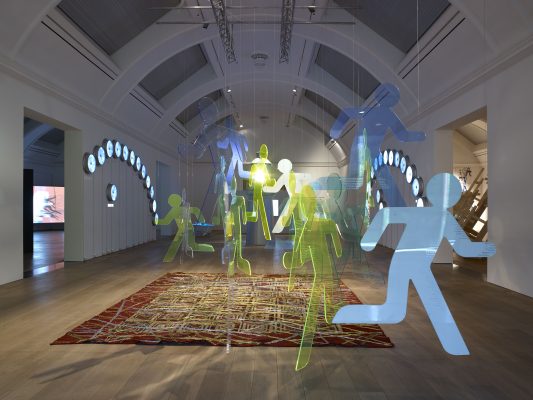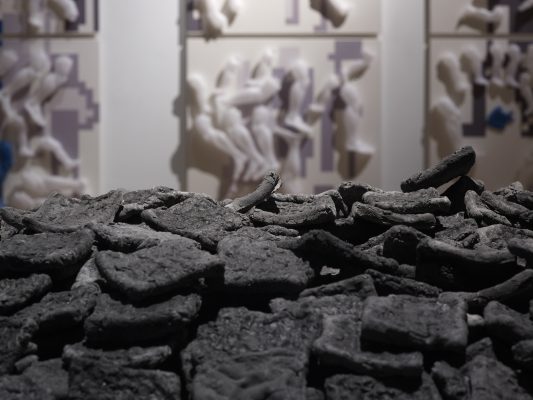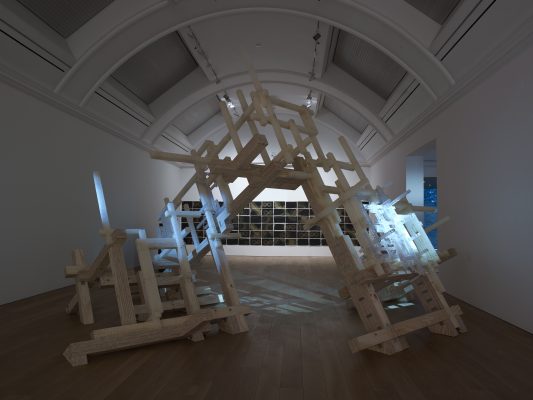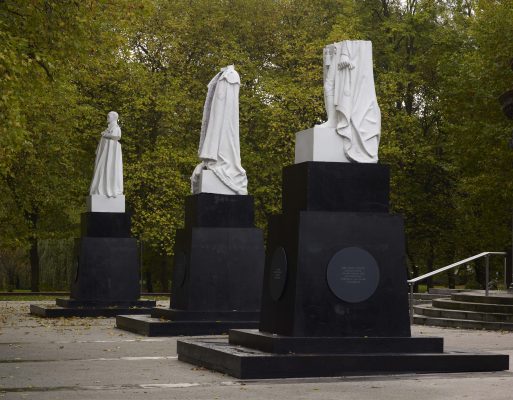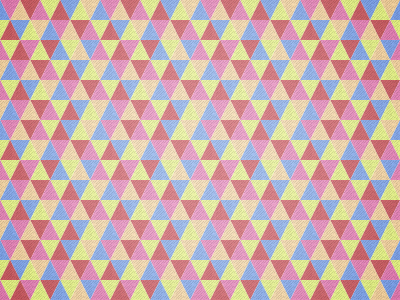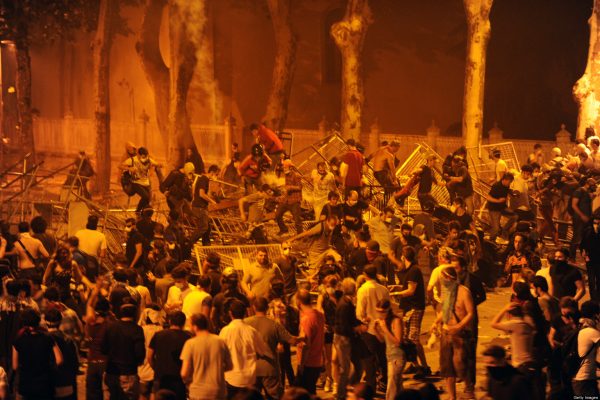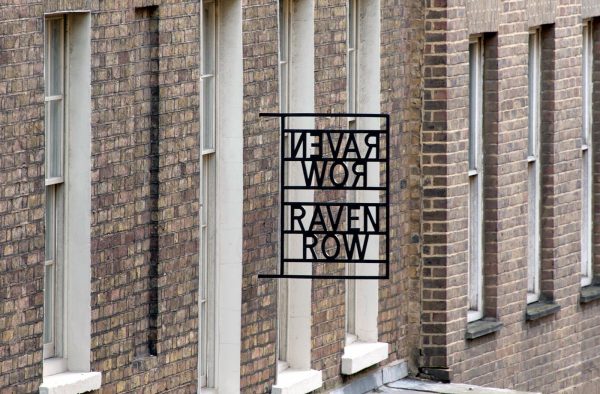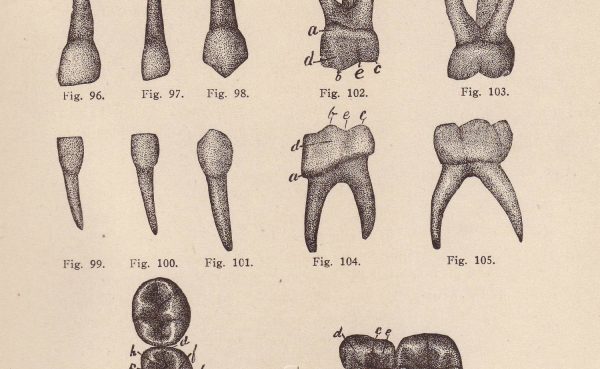As you enter Raqs Media Collective’s exhibition ‘Twilight Language’ at the Whitworth in Manchester, the gallery lights are dimmed: as the title suggests, this show is set at nightfall. A sculptural lighthouse, Unusually Adrift from the Shoreline (2008/2017) sends out an intermittent beacon, illuminating a collection of disparate installations.
Among them is a set of new works that inquire into Manchester’s past. In Prostheses for the History of Insurgent Crowds (2017), wax body parts run, walk, kick and fly over wall panels decorated with geometric prints. These are replicas of the prosthetic limbs which proliferated during the city’s industrial revolution, due to a rise in accidents in the workplace. According to Raqs’s co-founder, Jeebesh Bagchi, the piece was inspired by the contrasting stories of injury and collective action that emerged while the group was undertaking archival research – stories of the loss of limbs in the workplace, and the many bodies that came together in protest during the city’s labour movement.
In collaboration with architects Palak Jhunjhunwala and Efstratios Georgiou, Raqs also developed a crystal structure using 3D-printed plastic, resin, and plywood, that will grow for the duration of the exhibition. The installation, Alive, with Cerussite and Peppered Moth (2017), is enhanced by what Bagchi refers to as the ‘biological time’ of the peppered moth, a white insect with a few brown dots that became rarer in Manchester during the industrial revolution. As the city grew dirtier, the moth is said to have stood out against the dark surfaces of buildings and trees, making it vulnerable to birds – until, through a process of natural selection, darker moths became more prevalent. The moth is represented by sound and two videos projected onto the crystal structure, at moments identifiable by the fluttering of its wings, at others as a fractured and elusive shadow.
Raqs Media Collective was founded by Monica Narula, Shuddhabrata Sengupta, and Jeebesh Bagchi in 1992, after they studied documentary film together at Jamia Millia Islamia university in Delhi. The group established a multifaceted practice that has included working as individual film makers and researchers, Sarai, an experimental research initiative begun in 2000 to probe issues of ‘media, urban life, and the public domain’ in India, as well as encompassing collaborative fine art and curation.
For ‘Twilight Language’, which marks the 25th year of their collaboration, Raqs picked up the threads of some of their own historic works, weaving them into the exhibition’s overall dramaturgy. Among them is a series of spectral sculptures – Disfigured, Truncated, Empty and Bending – collectively titled Coronation Park (2015), which appropriate the style of nineteenth century imperial statuary and recreate it in contorted forms. Truncated comes devoid of a head and torso, another with the arms cut off from the shoulders, while Empty appears like a cloak hung upon an invisible body. By deconstructing and distorting manifestations of imperial power, these sculptures highlight the demise of the colonial project and subvert its legitimacy, while also showing that its legacy continues to haunt those nations over which it used to rule.
Aspects of French revolutionary movements appear, too, in new works and old. Communard Biscuits (2017), a set of replica biscuits made with flour, water and salt, using 3D-printing, draws inspiration from a hard biscuit made during the Paris Commune of 1871, which Raqs came across at the People’s History Museum in Manchester. Escapement (2009), meanwhile, consists of 27 clocks with words such as anxiety, guilt, indifference and ecstasy, in place of numbers. Like the clocks and calendars of French Revolutionary Time (when decimal time was first devised), Raqs have altered the schedule – but here, the intention seems not so much to free us from the strictures of the past, but to highlight the scheduling, predetermination, and regulating of our feelings.
While Raqs’s work is curious, speculative and sometimes enchanting, it is also underpinned by a sense of foreboding and isolation. In the two-channel film Divers at Work (2017), a man and a woman are each alone in a room, wearing only a diving helmet. Even more sinister is When the Scales Fall from your Eyes (2009), a hollow blown-glass bust of a man with a weighing scale for a head, who looks as though he is about to drown in the weight of his own mind. In neither case are the faces of the characters revealed. The beam of the lighthouse that scans the gallery acts as a warning; it is also a reminder of those already lost.
